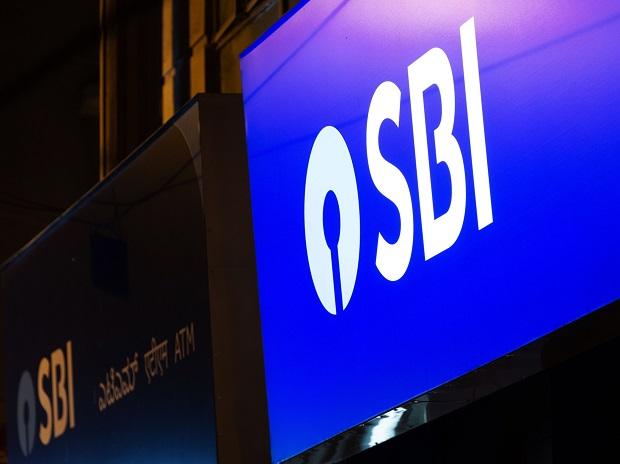[ad_1]
Indian banks could see an increase in bad loans in the retail and small business segments from its recent low levels, an official with the country’s largest lender said on Thursday.
While loans to this segment have been growing fast, defaults have thus far been few.
“We cannot have a system where we have a 20% growth year-on-year on MSME and retail and then an NPA (ratio) which will remain below 1% for retail,” Ashwini Kumar Tiwari, managing director at State Bank of India said at an industry event in Mumbai. “This is not sustainable, it has to align with the system.”
Gross non-performing loans for Indian banks fell to a seven-year low of 5% as of September 2022, according to the Reserve Bank of India’s financial stability report. For the small businesses, the bad loans were higher at 7.7%.
The gross NPA ratio for the small and medium enterprises may rise to 10-11% by March 2024, the Associated Chambers of Commerce and Industry of India and CRISIL Ratings said in a report released today.
These businesses often have weaker cash flows or little equity, which erode quickly in times of stress and eventually leads to defaults, SBI’s Tiwari said. “But clearly, MSME (Micro, Small and Medium Enterprises) stress is something which might be coming.”
As of Dec. 31, Indian banks had around 19 trillion rupees or more than 14% of total loans as outstanding exposure to the MSME sector, as per the RBI data on sectoral deployment of bank credit.
A gross NPA ratio of less than 10% for MSMEs has been achieved largely on the back of write-offs and one-off resolution schemes, Tiwari said, flagging that it still remains a large number.
(Only the headline and picture of this report may have been reworked by the Business Standard staff; the rest of the content is auto-generated from a syndicated feed.)
[ad_2]
Source link



